Air pollution in India causes over 2 million deaths annually which reflects the grave threat it poses to the health of the citizens. Approximately 96% of the population in India is exposed to PM 2.5 levels. The air quality index or AQI in many cities are consistently above 400, on an average, which increases the risk of respiratory illnesses and other health disorders. Major reasons for high pollution in Indian cities are vehicular emissions of nitrogen oxide and particulate matter, industrial pollution, crop burning, construction activities and meteorological conditions especially during the winter season. The level of pollution in India can be gauged from the fact 21 of the 30 most polluted cities in the world are located in India. Let’s have a look at top 10 most polluted cities in India for the year 2025.
1 Delhi

National capital of Delhi is not only the most polluted city in India but also among the top polluted cities in the world. Air quality index of Delhi frequently breaches the 400 or critical mark especially during the winter season and largely remains around 350 for most months of a year.
Main reasons for pollution in Delhi are vehicular exhaust, large scale construction activities, heavy industries like power generation, smaller industries like brick kilns, open waste burning and in-situ power generation by diesel generators. Furthermore, crop residue burning during the harvest season adds to the problem.
2. Ghaziabad
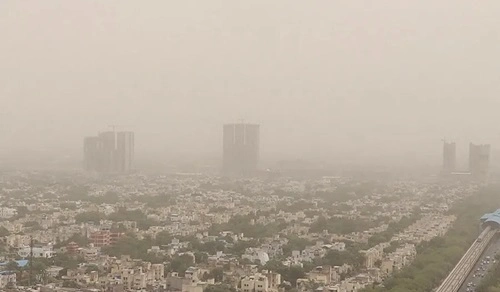
Ghaziabad, a city in UP and a part of National Capital Region, consistently faces the problem of bad air quality with AQI breaching the 350 mark in the severe category. The major reason for air pollution in Ghaziabad is massive increase in vehicular emissions in the past decade due to proliferation of automobiles.
Close proximity to Delhi and high concentration of industrial establishments are also significant contributing factors to the pollution woes of Ghaziabad. Most polluted areas in the city are Vasundhara, Sanjay Nagar and Indirapuram.
3. Byrnihat

Byrnihat, a city in the state of Meghalaya, is featuring among the most polluted cities in India due to its air quality index hovering between hazardous and severe categories. The major reason for high levels of pollution in this city is the presence of 41 industrial units emitting harmful gases and particulate matter. They include distilleries, cement factories, steel plants and beverage production facilities.
PM 2.5 and PM 10 levels are particularly high in Byrnihat which poses a major threat to the health of the residents.
4. Chandigarh
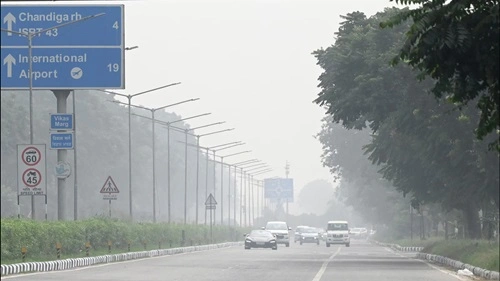
The Union Territory of Chandigarh has witnessed deteriorating air quality in the recent years with AQI frequently breaching the 300 mark. There are multiple factors behind the worsening air quality of the city. They include industrial pollution, vehicular emissions, construction and demolition activities, road dust and waste burning.
An action plan covering 130 cities, including Chandigarh, to improve air quality was launched in 2019. Even though 97 cities have shown improvements in the annual levels of PM10, Chandigarh is not among them and has shown further drop in air quality instead.
5. Hapur
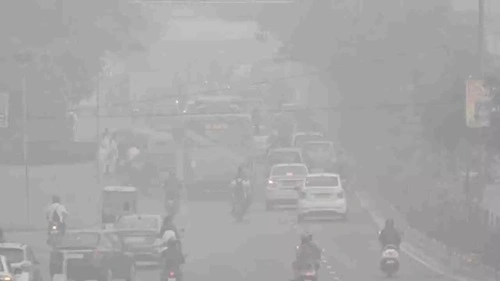
Hapur, a city in the state of Uttar Pradesh, figures among the most polluted cities in India due to its bad air quality. The AQI of this city is below 300 but frequently breaches this mark. Main reasons for pollution in Hapur are industrial emissions and high traffic congestions due to large number of vehicles.
As per a Greenpeace report, Hapur is among multiple cities in UP which have excessively high levels of PM10, thereby posing a threat to the health of the residents.
6. Dhanbad
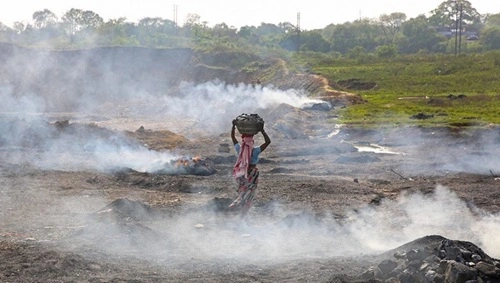
Dhanbad, a city in the state of Jharkhand, with an AQI hovering around 280 is among the top polluted cities in India. Major reason behind high air and water pollution in this city is high density of coal mines, thermal power plants, brick kilns, coke oven plants, coal briquette plants and stone crushers. The pollution control measures adopted by the industrial units in this city have not proved to be adequate.
PM2.5 levels in Jharkhand are about twice more than the WHO recommended levels which poses a threat to public health.
7. Baddi

Baddi is an industrial city in the state of Himachal Pradesh which is ranked among the most polluted cities in India. AQI of this city is mostly above 270. Industrial emission is the major reason behind the poor air quality of Baddi. Even the groundwater in the city is not safe. A study conducted by IIT Mandi and IIT Jammu detected toxic metal contamination in the groundwater of Baddi-Barotwala region.
8. Noida
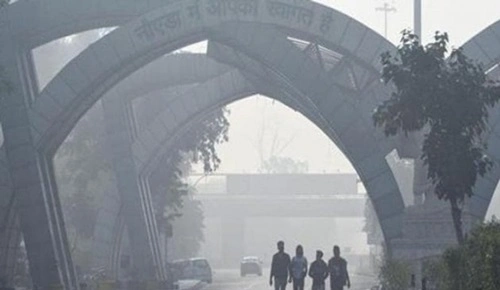
Noida is a part of the National Capital Region and is located in the state of Uttar Pradesh. With an AQI hovering around 270, it features in the list of most polluted cities in India. A huge number of construction sites and projects contribute massively to the poor air quality of this city. Moreover, presence of numerous industrial units also lead to high levels of emissions. Air quality of Noida is particularly worse during the winter season when a thick blanket of smog envelopes the city.
9. Muzaffarnagar

Muzaffarnagar, a major city in Western Uttar Pradesh, has an average AQI of around 150 which is in the poor category. However, the AQI of the city tends to reach severe category during the winter season. High emissions from numerous sugar mills, brick kilns and manufacturing units in the city contribute majorly to the pollution. High vehicular emissions also play an important role in ruining the air quality of the city.
10. Saharsa

Saharsa is a small city in the state of Bihar but comes among the top polluted cities due to its poor AQI in the neighbourhood of 150. Increasing urbanisation and infrastructure development has lead to large-scale construction activities and increase in vehicular traffic in the city, both of which have had a detrimental effect on the air quality.
Conclusion
Awareness regarding pollution has increased in the recent years. Both the central government and state governments are implementing a slew of measures to address pollution crisis in the country. However, a lot more efforts and public participation are required.